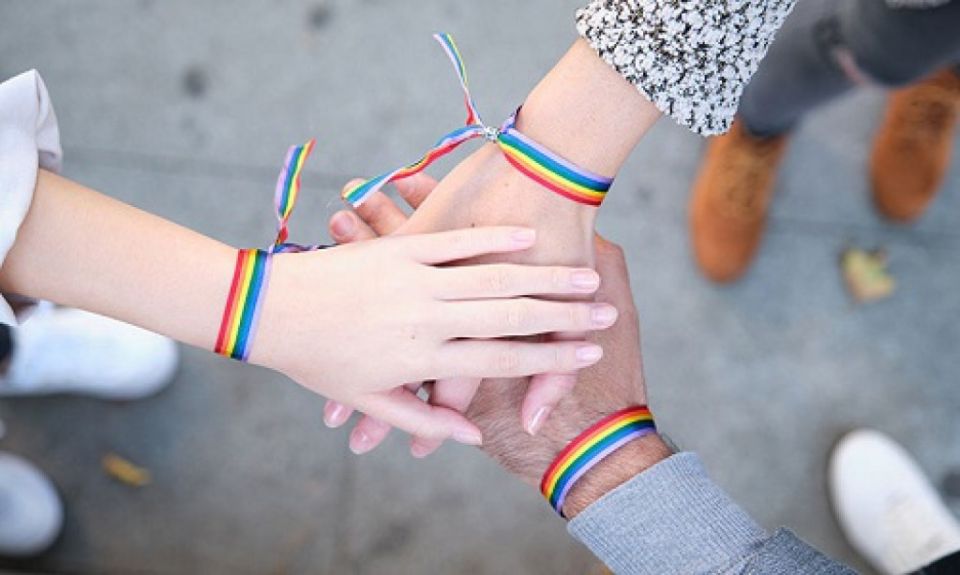
More and more youngsters are experiencing mental health issues. Up to one in every five youngsters suffers from a mental health issue, and suicide is the second highest cause of mortality among young people aged 10 to 24 as per the data provided by the nepal police. The hazards are significantly higher for children and teenagers who identify as lesbian, gay, bisexual, transgender, questioning, or queer ( LGBTIQA+).
LGBTIQA+ teenagers seriously ponder suicide far more frequently than their straight classmates. They are also more likely to have tried.
However, because of prejudice and other prejudices, you may have more unfavourable mental health effects. Knowing what barriers you may experience as a member of the LGBTIQA+ community, as well as how to discover and engage with LGBTIQA+-inclusive providers, will help you achieve better results.
In conversation with Safal Lama, Queer Disability Right Activist and counsellor and co-member of the Queer youth group Nepal and Founder and run page on Instagram as @queer.disaled (Queer Disabilities Nepal), tells that the fear of coming out and being discriminated against because of one's sexual orientation or gender identity can lead to depression, posttraumatic stress disorder, suicidal ideation, and substance abuse.
LGBTIQA+ people must deal with stigma and prejudice based on their sexual orientation or gender identity, as well as societal prejudice against mental health conditions. Some people report having to conceal their sexual orientation from mental health professionals for fear of being mocked or rejected. Some LGBTIQA+ people keep their mental health issues hidden from their own peers. The community as a whole may be under informed about mental health issues and rarely discusses it. Sometimes, this keeps people from getting the care and assistance they require to heal, said Lama
Lama said that because we lack peer support and face harassment, mental health conditions, and substance abuse, the Queer community is at a higher risk of suicide. Suicide is one of the leading causes of death among LGBTIQA+ people aged 10-24. LGBTIQA+ youth are four times more likely than straight people to attempt suicide, have suicidal thoughts, or engage in self-harm.
Family support is especially important in influencing the likelihood of suicide. Someone who was rejected by their family after coming out to them was more than eight times more likely to attempt suicide than someone who was accepted by their family after revealing their sexual orientation.
LGBTIQA+ young people face fear, hatred and prejudice in school, with friends, in the community and at home, which can lead to higher risks of self-harm and thoughts of suicide. LGBTIQA+ teens are six times more likely to experience symptoms of depression than the general population. Additionally, LGBTIQA+ youth struggle in coming out to family members, friends, classmates and teachers, especially those that are not accepting of the LGBTIQA+ community, added Lama .












